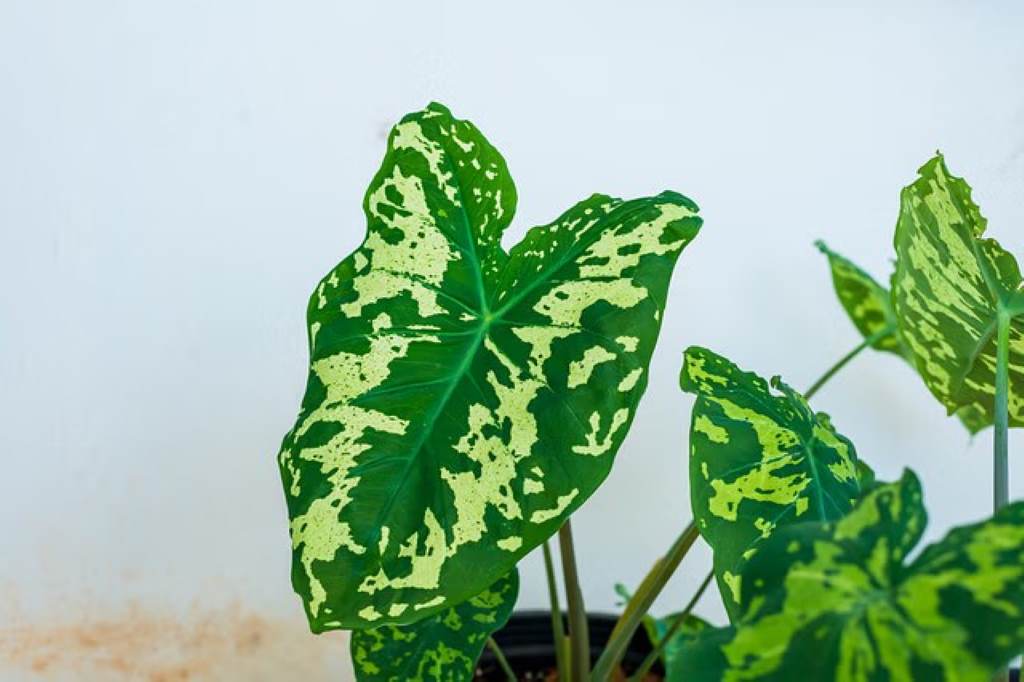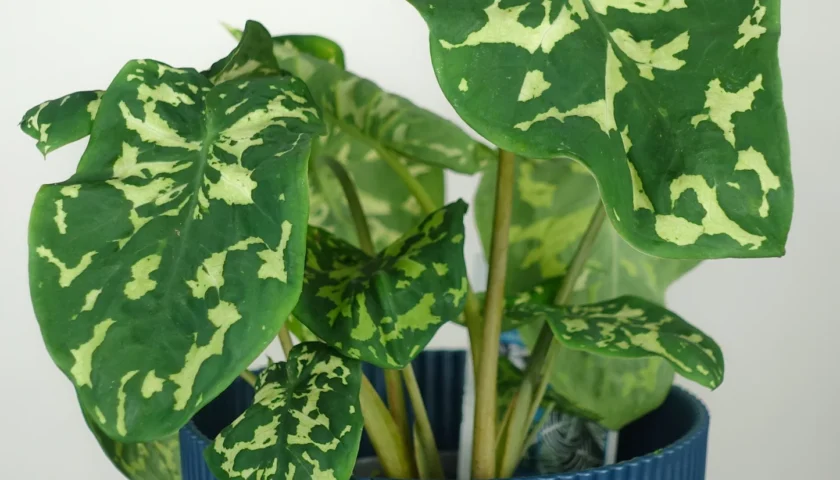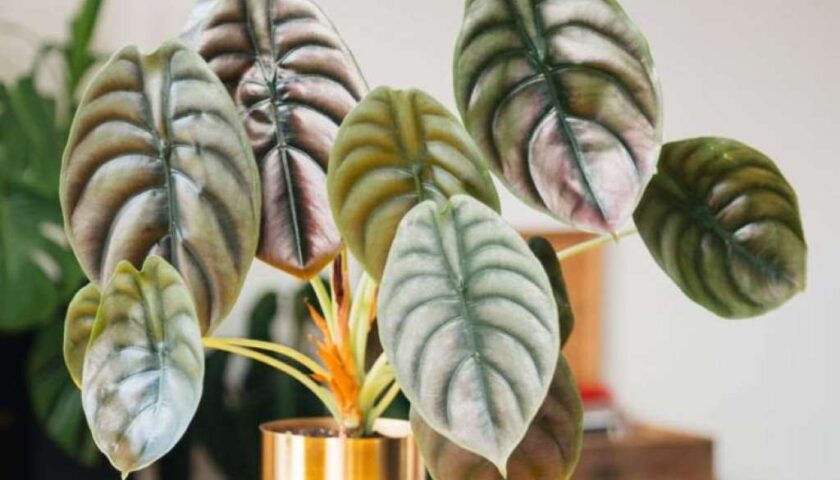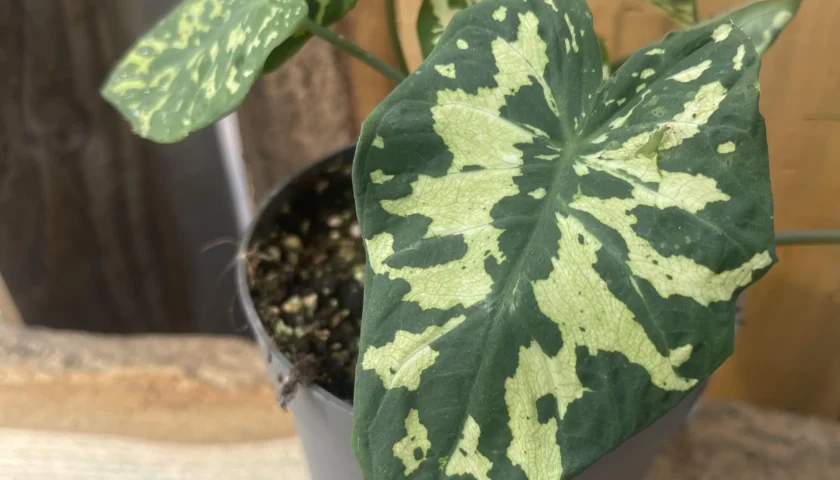The Alocasia Hilo Beauty, with its mesmerizing heart-shaped leaves and striking white veins, has become an immensely popular houseplant. While its stunning looks may make it seem intimidating to care for, the Hilo Beauty is surprisingly manageable with some knowledge and attention. Let’s explore whether its care is truly difficult and what factors make or break success for this tropical gem.
Understanding the Hilo Beauty’s Needs
The key to understanding the Hilo Beauty’s care lies in its origins as a tropical plant. It thrives in environments that mimic its natural habitat—think warm, bright, and humid. Let’s break down what this means:
- Light: Alocasia Hilo Beauty revels in bright, indirect light. A spot with plenty of filtered morning or late afternoon sun is ideal. Avoid scorching midday rays, which can burn its delicate leaves.
- Water: This plant prefers consistently moist but not waterlogged soil. Water thoroughly when the top inch or so of soil feels dry. Always empty any excess water from the pot’s drainage tray to prevent root rot.
- Humidity: Being tropical, Hilo Beauty appreciates higher humidity levels (around 60% or above). Misting regularly, using a pebble tray, or placing a humidifier near your plant will keep it happy.
- Temperature: Alocasia Hilo Beauty flourishes in warm temperatures between 65-85°F (18-29°C). Avoid drafts and sudden temperature fluctuations as this can stress your plant.
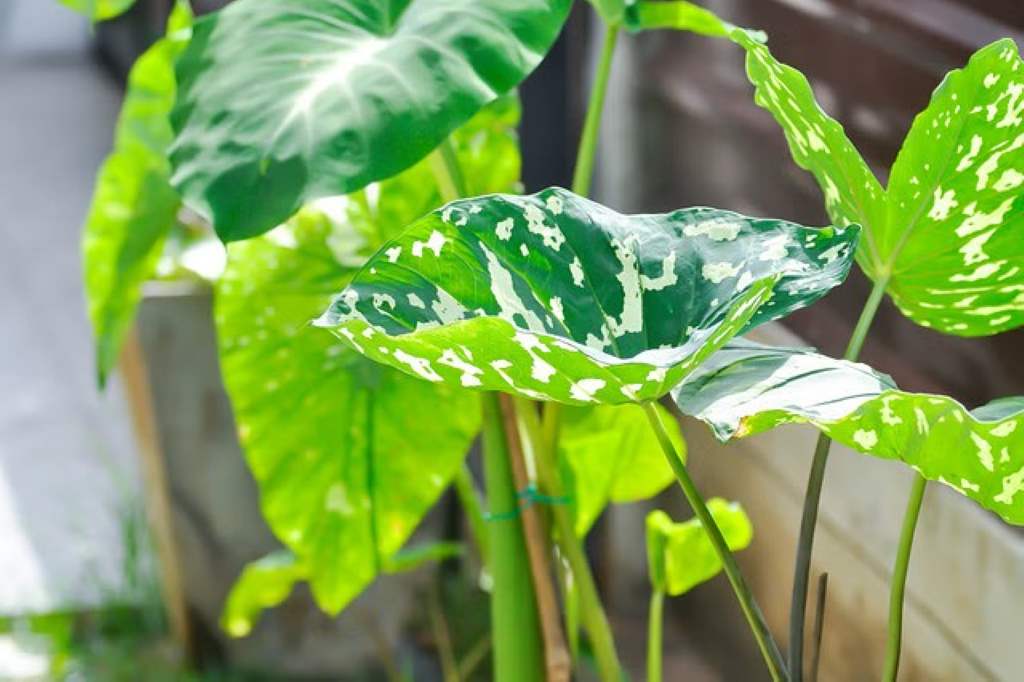
Signs Your Hilo Beauty Might Be Struggling
Even with the right conditions, sometimes things can go a little off track. Here’s what to watch out for:
- Yellowing leaves: Overwatering is the most common culprit, but underwatering, too much direct sun, or nutrient deficiencies can also cause yellowing.
- Brown, crispy edges: Usually a sign of underwatering or excessively low humidity.
- Droopy leaves: This is often a telltale sign of thirst. Check the soil moisture and water as needed.
- Pests: Spider mites and mealybugs can occasionally infest alocasia plants. Inspect regularly and treat any outbreaks promptly.
Read Also: Growing Strawberries from Seed: The Ultimate Guide for Success
Hilo Beauty Care: Going the Extra Mile
Here’s where we go beyond basic care to ensure your Hilo Beauty thrives:
- Soil: A well-draining, airy potting mix is vital. A blend of regular potting soil, coco coir, perlite, and some orchid bark works perfectly.
- Fertilizer: During the growing season (spring and summer), a diluted liquid fertilizer every few weeks provides an extra boost for lush growth.
- Repotting: These plants enjoy being slightly rootbound. Repot every 1-2 years into a slightly larger pot. Spring is the best time for this.
- Dormancy: Alocasia Hilo Beauty may enter dormancy in winter if temperatures drop or light decreases. Leaves may yellow and die back, but this is normal. Reduce watering and fertilization, and your plant will bounce back in spring.
Addressing Common Misconceptions
- “Hilo Beauties are impossible to keep alive.” While they do demand more attention than some beginner-friendly houseplants, with understanding and proper care, they can be long-lived and flourishing companions.
- “These plants need to be constantly misted.” While they enjoy humidity, daily misting isn’t always necessary. Opt for a more reliable method like a humidifier for consistent results.
- “I can never get the watering right.” Focus on checking soil moisture before watering, not on a strict schedule. This is the best way to avoid root rot or underwatering issues.
Final Thoughts
The Alocasia Hilo Beauty is a moderately demanding but deeply rewarding houseplant. By emulating its tropical environment and paying attention to its signals, you can unlock its true potential. Be patient, adjust care based on your plant’s responses, and don’t be afraid to experiment a little. With some dedication, you’ll enjoy this exotic beauty for years to come!

